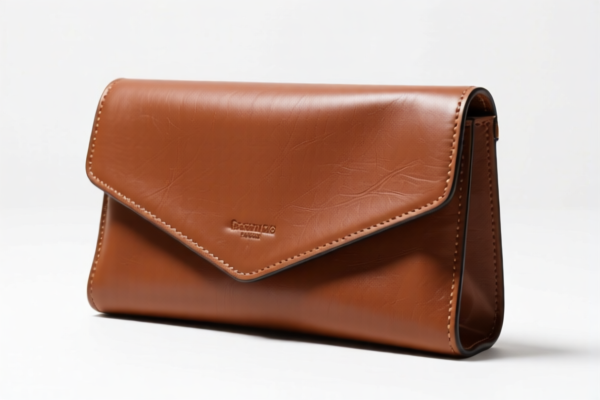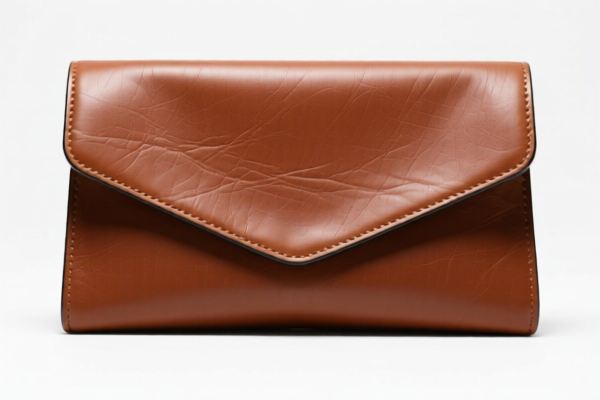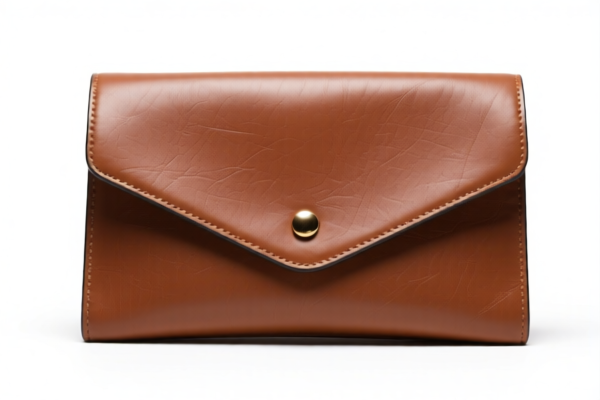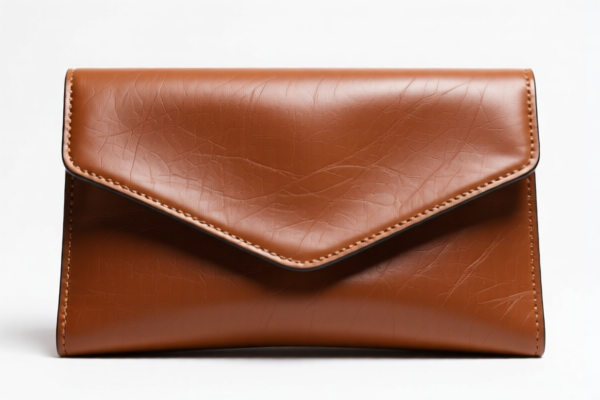| HS Code | Official Doc | Tariff Rate | Origin | Destination | Effective Date |
|---|---|---|---|---|---|
| 3926903300 | Doc | 36.5% | CN | US | 2025-05-12 |
| 7326903500 | Doc | 87.8% | CN | US | 2025-05-12 |




Okay, let's break down the classification and potential duties for your "CLUTCH BAGS" declaration. Here's a structured analysis of each item you provided, focusing on HS codes, materials, and tax implications.
Important Note: HS classification is highly dependent on the exact material composition of the bags. The descriptions you've provided are a good starting point, but final determination rests with customs officials. I'll highlight areas where you need to be particularly careful.
Item 1: Handbags (Leather or Composition Leather)
- Description: "Handbags, whether or not with shoulder strap, including those without handle: With outer surface of leather or of composition leather: Other: Valued not over $20 each"
- HS Code: Currently blank. This is where we need to focus. Based on the description, the most likely HS code is 4202.39.9000.
- 42: Articles of leather, travel goods, handbags, gloves, etc.
- 02: Handbags, satchels, wallets, purses, etc.
- 39: Other handbags (this covers a wide range of leather handbags not specifically classified elsewhere).
- 9000: Further specifies the type/material.
- Tax Implications: The tax rate will depend on the specific leather type and country of import. Generally, leather goods can have moderate duty rates. You'll need to confirm the exact leather composition (genuine leather, split leather, composition leather) to determine the precise rate.
- Key Considerations:
- Value: The "$20 each" valuation is critical. If the value exceeds $20, the HS code and duty rate may change.
- Leather Type: Genuine leather vs. composition leather significantly impacts duty.
- Lining Material: The lining material can also affect classification.
- Documentation: Be prepared to provide proof of material composition (e.g., supplier invoices, test reports).
Item 2: Handbags (Plastics)
- Description: "Other articles of plastics and articles of other materials of headings 3901 to 3914: Other: Beads, bugles and spangles, not strung (except temporarily) and not set; articles thereof, not elsewhere specified or included: Handbags"
- HS Code: 3926.90.33.00
- 39: Plastics and articles thereof.
- 26: Other articles of plastics.
- 90: Other articles of plastics and articles of other materials.
- 33: Beads, bugles and spangles, not strung (except temporarily) and not set; articles thereof, not elsewhere specified or included.
- Tax Implications:
- Basic Duty: 6.5%
- Additional Duty: 0.0%
- Post April 2, 2025: Additional Duty of 30%
- Total Tax: 36.5%
- Key Considerations:
- Plastic Type: The specific type of plastic used (e.g., PVC, PP, PE) may influence classification.
- Components: If the handbag contains non-plastic components (e.g., metal zippers, leather handles), this could affect classification.
Item 3: Handbags (Iron or Steel Components)
- Description: "Other articles of iron or steel: Other: Other: Containers of a kind normally carried on the person, in the pocket or in the handbag"
- HS Code: 7326.90.35.00
- 73: Articles of iron or steel.
- 26: Other articles of iron or steel.
- 90: Other articles of iron or steel.
- 35: Containers of a kind normally carried on the person, in the pocket or in the handbag.
- Tax Implications:
- Basic Duty: 7.8%
- Additional Duty: 25.0%
- Post April 2, 2025: Additional Duty of 30% (for steel/aluminum products)
- Total Tax: 87.8%
- Key Considerations:
- Material Composition: Confirm the exact type of iron or steel used.
- Weight: The weight of the iron/steel components is important.
- Function: The primary function of the item is crucial. If the iron/steel components are merely decorative, the classification may be different.
Recommendations & Next Steps:
- Material Verification: Crucially, obtain detailed material specifications for each handbag type from your supplier. This includes the exact type of leather, plastic, or metal used.
- Component Breakdown: List all components of each handbag (e.g., fabric, zippers, handles, lining, metal parts).
- Value Confirmation: Double-check the declared value of each handbag.
- Country of Origin: Confirm the country of origin for each item.
- Consult a Customs Broker: I highly recommend consulting with a licensed customs broker in the destination country. They can provide definitive HS code classification and ensure compliance with all import regulations.
- Review Import Regulations: Check for any specific import restrictions or requirements for handbags in the destination country (e.g., labeling requirements, safety standards).
Disclaimer: I am an AI assistant and cannot provide legally binding customs advice. This information is for general guidance only. Always consult with a qualified customs professional for accurate and up-to-date information.
Customer Reviews
I was impressed with the detailed explanation of HS code 7326903500 for iron/steel handbags and the 87.8% tariff rate. It saved me time researching.
The site clearly explains the HS code 3926903300 and the 36.5% tariff rate for plastic clutch bags. It also mentions the additional duty after April 2025.
Great resource for finding the HS code 4202399000 for leather clutch bags. The site also highlights the importance of checking the exact material composition.
The page had a lot of information, but I found it a bit confusing. I had to read through it multiple times to understand the HS code classification for leather bags.
I found the detailed explanation of the 36.5% tax for plastic clutch bags really useful. The site even mentions the additional duty after April 2025.